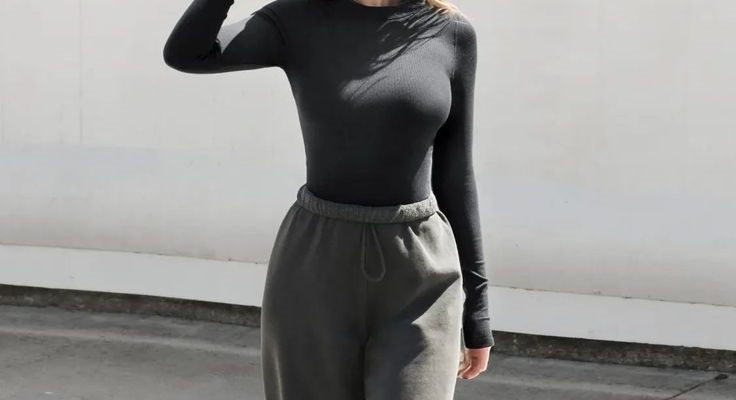What is Compression Clothing?
Definition and Purpose
Compression clothing is specially designed apparel that fits snugly against the skin. Its purpose is to compress muscles and improve blood flow during physical activities. This clothing for women supports muscles, reduces swelling, and improves recovery. Athletes and fitness enthusiasts use it to enhance performance and reduce muscle soreness. Additionally, it is often made from stretchy, breathable materials for comfort during wear.

Types of Compression Clothing for Women
Compression clothing comes in a variety of options tailored for women. These include leggings, tops, socks, and sleeves.
- Compression Leggings: Ideal for supporting lower body muscles during running and workouts.
- Compression Tops: Provide upper body support, especially for arms and torso.
- Compression Socks: Improve circulation in the legs, particularly during long activities or travel.
- Compression Sleeves: Target specific areas like calves or arms for localized support.
Each type is designed for specific purposes, making it easy to choose based on individual needs.
Benefits of Wearing Compression Clothing
Compression clothing for women offers numerous benefits. It supports muscles, improves performance, and enhances recovery. Below are the key advantages of wearing compression clothing:
Enhanced Muscle Support and Recovery
Compression clothing stabilizes muscles during physical activities. This reduces vibration from movements and minimizes strain. It also aids recovery by reducing muscle swelling and speeding up the healing process. Women who wear compression leggings or sleeves after workouts often experience faster pain relief.
Improved Blood Circulation
The snug fit of compression clothing stimulates blood flow. Better circulation provides muscles with oxygen and nutrients during exercise. This reduces fatigue and helps in faster recovery. Compression socks, for example, are especially effective for improving blood flow in the legs.
Reduced Muscle Soreness and Fatigue
Compression clothing helps decrease delayed onset muscle soreness (DOMS). This is particularly beneficial after intense exercise sessions like running or weight lifting. By reducing lactic acid buildup, it prevents ache and fatigue, allowing you to stay active longer.
Boosted Workout Performance
Wearing compression clothing can boost performance during workouts. It improves muscle efficiency, coordination, and endurance. This is why athletes prefer compression tops and leggings during training. The support and comfort help them achieve better results and prevent injuries.
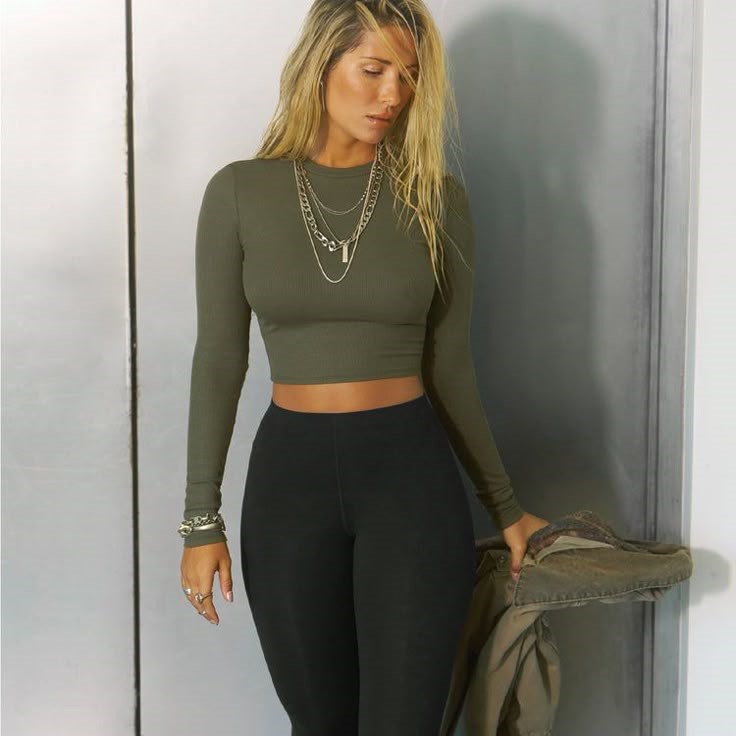
Compression Clothing for Different Activities
Compression clothing for women can be used for various activities. Each type serves a unique purpose to enhance performance, support muscles, and boost comfort. Below are the popular activities where this apparel proves to be helpful.
Gym and Fitness Training
Compression clothing is ideal for gym workouts. Compression leggings support the lower body during squats and lunges. These clothes reduce muscle movement and improve stability, enhancing overall strength and focus.
Running and Cardio Exercises
For running and cardio, compression socks and leggings are highly effective. They improve blood circulation in the legs, reducing fatigue during long activities. Compression sleeves can provide focused support for the calves or arms. These garments help in achieving better endurance and quicker recovery after intense sessions.
Yoga and Stretching Workouts
Compression clothing is beneficial during yoga and stretching routines. Compression leggings offer flexibility and muscle stabilization during poses. Their snug fit keeps muscles warm and reduces strain during sessions. Lightweight compression tops are often preferred for upper body support, maintaining comfort and ease in movements.
Everyday Wear and Travel
Compression clothing isn’t limited to workouts. Compression socks are perfect for long flights or daily commutes as they prevent swelling and improve leg circulation. These garments provide comfort and support for everyday activities, making them versatile options for all-day wear.
How to Choose the Right Compression Clothing
Selecting the best compression clothing is important for comfort, support, and performance. Consider several key factors when making your choice.
Factors to Consider (Size, Fabric, Fit, etc.)
- Size: Proper sizing ensures the right level of compression. Use the brand’s size chart for accuracy.
- Fabric: Look for breathable, moisture-wicking materials. This keeps you comfortable during long activities.
- Fit: The fit should be snug but not overly tight. Avoid clothing that restricts movement.
- Activity Type: Choose clothing tailored to your specific activity, such as running or yoga.
- Style and Design: Pick designs that match your preferences while providing proper support.
- Durability: Ensure the clothing is made with high-quality materials to last through frequent use.
Recommended Compression Levels
Understanding compression levels will help you make the right choice:
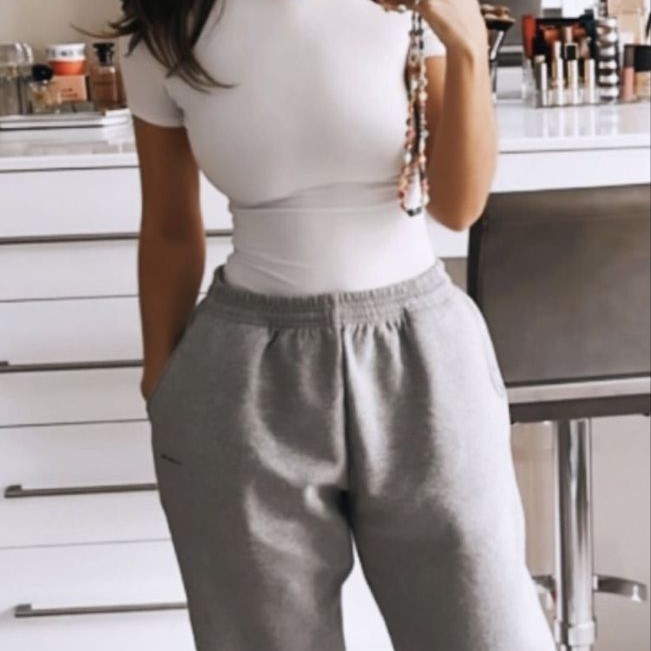
- Light Compression: Ideal for everyday wear and mild activities. Suitable for travel or casual workouts.
- Moderate Compression: Best for running, gym routines, and yoga. Balances comfort with effectiveness.
- High Compression: Designed for intense activities or medical purposes. Provides maximum muscle support and recovery benefits.
Popular Brands for Women
Several brands specialize in compression clothing for women. These are known for quality and functionality:
- Under Armour: Offers durable and stylish options for various activities.
- Nike: Their compression clothing combines comfort with advanced performance features.
- 2XU: Known for high-compression levels, ideal for athletes.
- Lululemon: Perfect for yoga and stretching workouts, with a focus on style.
- Skins: Provides strong support for recovery and intense training sessions.
Choose wisely to meet your specific needs, ensuring comfort and benefits from your compression clothing.
Caring for Your Compression Clothing
Proper care extends the life of compression clothing. Follow these steps for maintenance and durability.
Washing Instructions
- Use Cold Water: Wash your compression clothing in cold or lukewarm water.
- Avoid Harsh Detergents: Use mild detergents to protect fabric and elasticity.
- Hand Wash Preferred: Hand wash for gentle cleaning; avoid wringing or twisting.
- Machine Wash: Select delicate or gentle cycle if using a washing machine.
- Do Not Use Bleach: Avoid bleach or fabric softeners to prevent fabric damage.
- Air Dry: Lay flat to dry or air dry to retain compression and shape.
Tips for Maintaining Durability
Follow Care Labels
When it comes to maintaining the quality and longevity of your garments, following care labels is crucial. Each piece of clothing comes with specific instructions from the manufacturer, detailing how to wash, dry, and care for it properly. These care labels often include important information such as recommended washing temperatures, whether the item can be machine washed or should be hand washed, and if it is safe to use bleach or other chemicals. By adhering to these guidelines, you can minimize the risk of damaging the fabric and ensure that your clothing stays in great shape for as long as possible.
Store Properly
Proper storage of your garments is essential for preserving their form and functionality. It is best to keep delicate pieces folded neatly in a drawer rather than hanging them in a closet. Hanging can lead to stretching, especially for fabrics like knitwear or activewear, which can lose their shape over time. By storing items folded, you maintain their elasticity and avoid the risk of unwanted creases. Additionally, consider using dividers or organizers in your drawers to keep everything tidy and easily accessible, further protecting your clothes from unnecessary wear.
Avoid Hot Water
Another key aspect of garment maintenance is paying attention to water temperature during washing. Using hot water, especially for items made from elastic materials, can weaken the fabric’s elasticity over time. When washing clothes, particularly those made from spandex, nylon, or similar materials, it’s advisable to stick to cool or lukewarm water. This approach helps retain the garment’s shape and extends its lifespan. Moreover, cooler water is often better for the environment, conserving energy while still effectively removing dirt and odors.
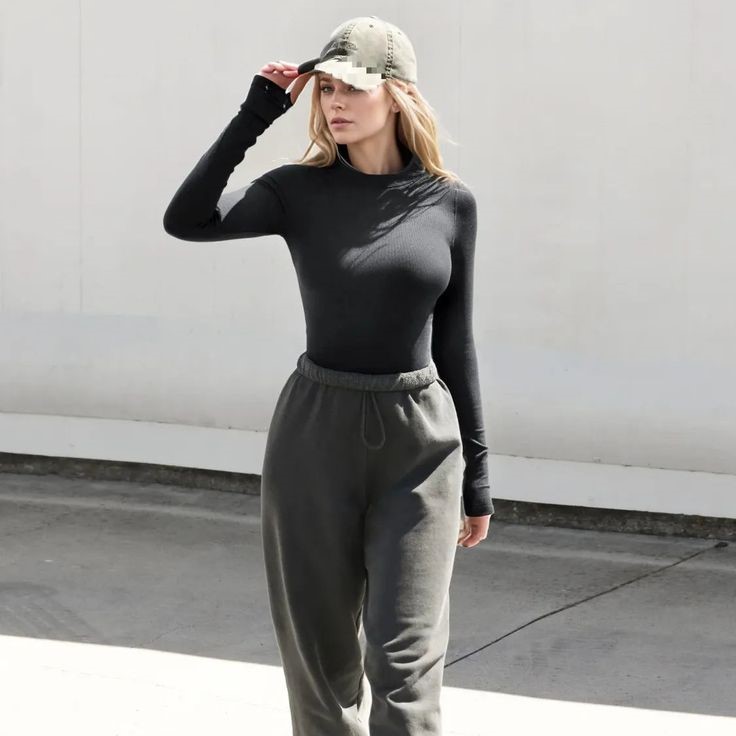
Limit Use of Dryers
While tumble drying might seem convenient, it can significantly impact the longevity of your clothes. High heat from dryers can cause fabrics to shrink and diminish elasticity, leading to ill-fitting garments. Therefore, it is best to avoid using dryers whenever possible. Instead, opt for air drying by laying your clothes flat on a drying rack or hanging them to dry naturally. If you must use a dryer, select the lowest heat setting available and remove items before they are completely dry to reduce exposure to heat.
Rotate Use
To prevent wear and tear on your clothing, consider rotating between multiple pieces instead of wearing the same items repeatedly. This practice not only allows each garment to rest and recover but also gives you a chance to enjoy different styles throughout the week. By alternating your outfits, you can reduce the frequency with which they are washed, minimizing stress on the fabric. Ultimately, this rotation can help prolong the life of your favorite pieces and keep your wardrobe looking fresh.
Inspect for Damage
Regularly inspecting your clothing for damage is an important yet often overlooked aspect of garment care. Make it a habit to check for loose threads, small tears, or any other signs of wear when you put on or take off items. Promptly addressing any issues can prevent them from worsening and save you from needing costly repairs or replacements later on. If you notice a loose thread, snip it carefully with scissors; for small tears, a simple stitch might do the trick. Catching these problems early can greatly extend the lifespan of your clothing pieces.
Proper washing and storage ensure compression clothing stays effective longer.
Common Misconceptions About Compression Clothing
Compression clothing is widely used, but some misconceptions surround it. Understanding the truth is essential to make informed decisions.
Myths vs. Facts
- Myth: Compression clothing is only for professional athletes.Fact: Anyone can benefit from compression clothing. It’s ideal for workouts, recovery, or daily wear.
- Myth: Compression clothing restricts blood flow and causes discomfort.Fact: Properly fitting compression clothing improves blood circulation and feels comfortable when worn.
- Myth: Compression clothes aren’t suitable for all body types.Fact: Modern designs cater to various sizes and shapes, ensuring a snug, supportive fit.
- Myth: Wearing compression gear guarantees enhanced performance during exercise.Fact: Compression clothing supports performance but doesn’t replace proper training and effort.
- Myth: Compression fabrics damage skin or cause irritation.Fact: High-quality compression clothing uses breathable materials to protect and keep skin comfortable.
Addressing Concerns About Safety and Comfort
- Compression Level: Choose the right compression level. Light compression is safe for daily wear. High compression suits intense workouts.
- Fit & Size: Wearing the wrong size may cause discomfort or restrict movement. Always check sizing charts.
- Material Selection: Opt for soft, moisture-wicking fabrics. These reduce irritation and keep skin cool.
- Medical Uses: If you have circulation issues, consult a doctor before using high-compression clothing.
- All-Day Use: Avoid wearing compression clothing for extended hours if not designed for it, like travel socks.
- User Feedback: Read reviews and listen to users’ experiences. This helps in selecting safe and comfortable gear.
Understanding the truth about compression clothing eliminates doubts, ensuring safe and effective use.
Where to Buy Compression Clothing for Women
Choosing the right place to buy compression clothing is essential for quality and convenience. You can find these garments both online and in physical stores. Let’s explore the best options.
Online Platforms
- E-commerce Websites: Large platforms like Amazon and eBay offer a variety of compression clothing for women. You can filter by type, brand, and price.
- Brand Websites: Many brands, such as Under Armour, Nike, and Lululemon, sell compression clothing directly on their websites. This ensures authentic products and access to the latest collections.
- Specialized Websites: Sites like 2XU and Skins have a dedicated focus on high-quality compression gear. They often provide detailed product descriptions and sizing guides.
- Sports Equipment Retailers: Platforms like Dick’s Sporting Goods and REI carry compression clothing for women suitable for various activities.
- Discount Sites: Websites like Overstock may offer seasonal deals or discounted compression clothing for budget-friendly options.
Brick-and-Mortar Stores
- Sports Apparel Stores: Visit stores like Nike, Under Armour, or Adidas for expert advice and fitting assistance.
- Fitness Retailers: Look for outlets specializing in fitness gear, such as Lululemon or Athleta, for tailored options.
- Department Stores: Stores like Macy’s or Target often carry compression clothing in their activewear sections.
- Outdoor Gear Shops: Locations such as REI feature compression gear designed for outdoor and athletic use.
- Medical Supply Stores: If you need compression clothing for health reasons, check medical retailers for specialized options.
Both online and physical stores offer unique advantages. Choose based on your preferences for selection, convenience, and expert advice.
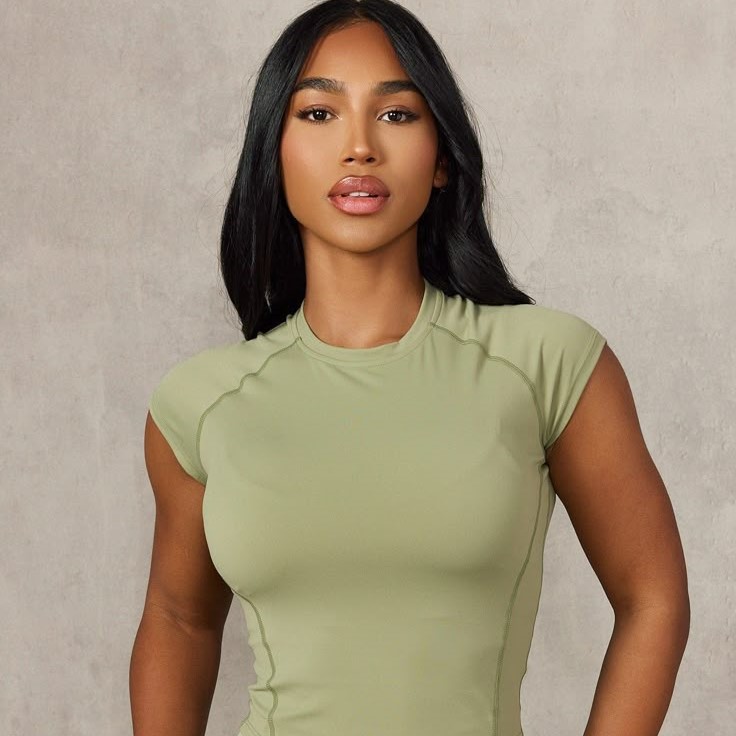
Conclusion: Empower Your Fitness Journey
In conclusion, the benefits of compression clothing for women are numerous and compelling. From enhancing performance and improving recovery to providing a stylish addition to athletic wardrobes, these garments are transforming the way women approach fitness. By incorporating compression clothing into your active lifestyle, you can empower your fitness journey and achieve your goals with greater ease. Embrace the advantages that compression clothing offers and elevate your workout experience today!
